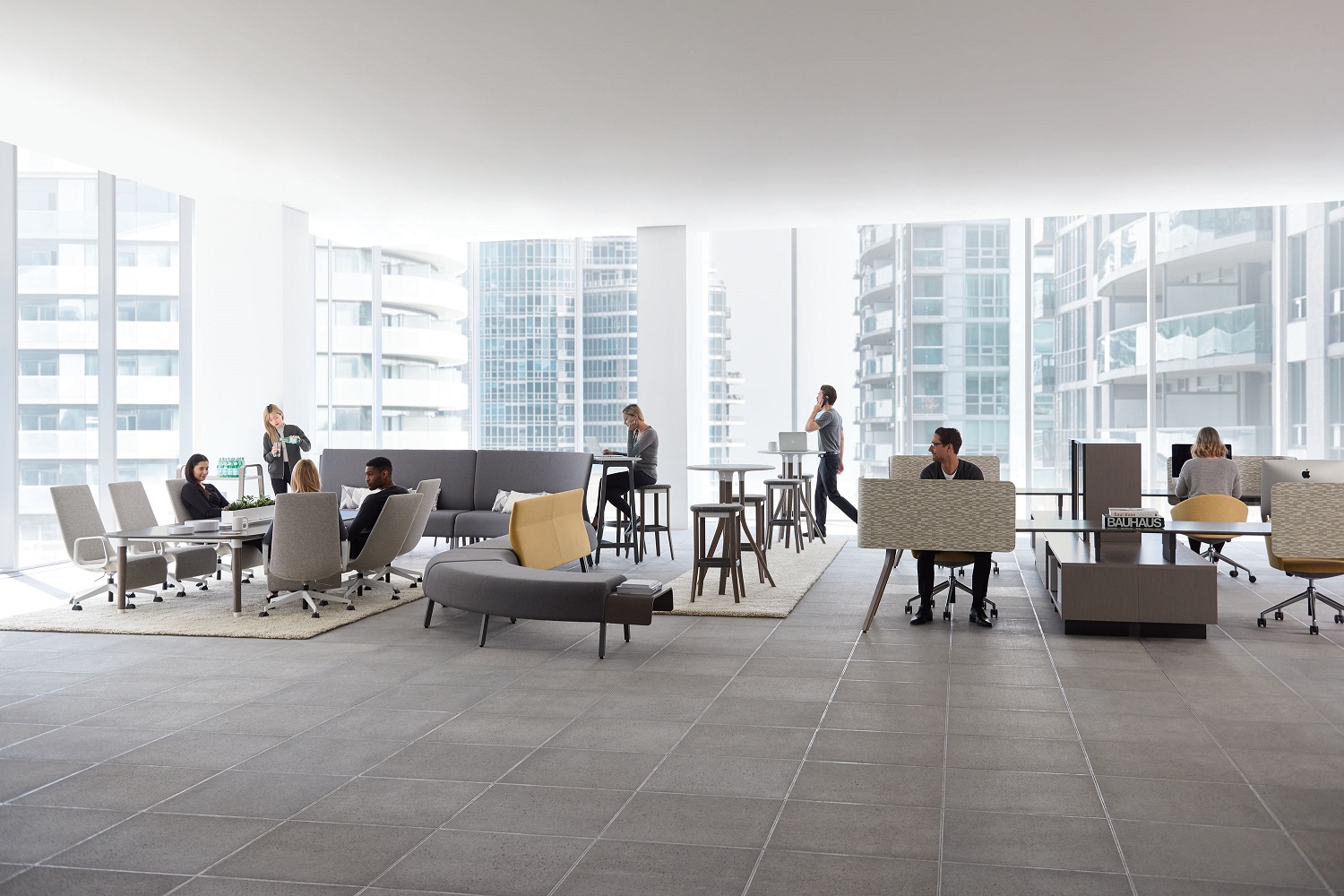Open office floor plans are lauded for encouraging collaboration, creativity and camaraderie in the workplace, but not everyone is a fan. Open office plans have plenty of detractors too. Some workers find the lack of privacy distracting and counterproductive and may retreat even more into their headphones or hole up in the nearest empty storage closet to escape the office chatter and focus on getting work done.
Adjusting to an open office plan can be particularly challenging for employees who are used to having their own office or working in cubicles. They may wonder how they are supposed to handle confidential conversations or concentrate with the noise and distractions around them.
Roughly 70 percent of offices have some type of open office floor plan, according to the International Facility Management Association. And with real estate and building overhead costs on the rise, the trend isn’t going away anytime soon.
How Open Is Too Open?
Exactly how open should an office be? Global design and architecture firm Gensler asked this question to 6,000 office workers in its 2019 U.S. Workplace Survey and discovered that when it comes to open or enclosed workspaces, workers prefer a balance of both.
In fact, 77 percent of workers described their ideal work environment as somewhere in between totally open with no walls and totally private with offices for most employees. While workers report asking for more enclosed spaces than they currently have, they also rank team building and collaboration among the top qualities of a great workplace.
Offices that are mostly open with ample on-demand private space for workers are the most effective and offer the best experience for employees, the survey found. Not only do these environments provide space for social and collaborative projects, but they also offer enclosed areas where individuals can work on more focused projects or find privacy when they need it.
Designing an Open Office Plan That Suits Everyone
The right degree of openness in an open office floor plan depends on the collaborative and individual needs of each organization. But how can you develop an open office plan that supports both? Start with these ideas.
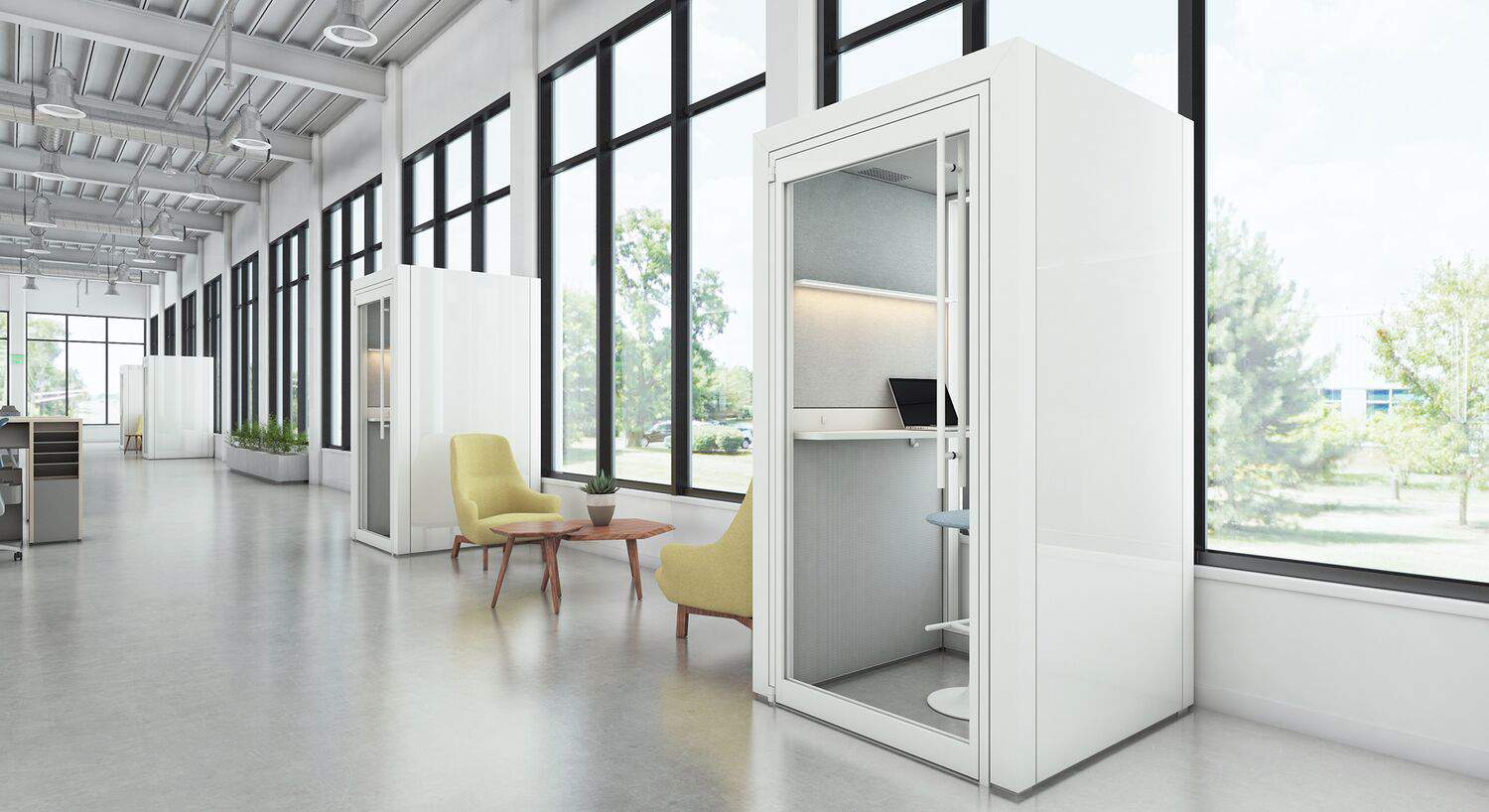
Create Private Zones
Designate a private office or a few quiet rooms that employees can use when they need to make personal phone calls or are working on a tight deadline or difficult project that requires intense focus. If you don’t have rooms like these available, invest in movable desks, chairs and furniture that can easily be arranged into more secluded spots for workers who want to avoid interruptions.
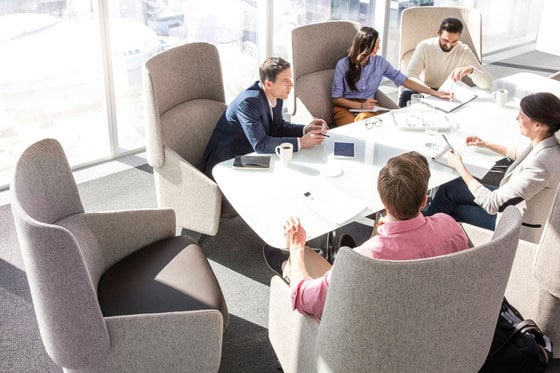
Provide Meeting Areas
Encourage employees to book open conference rooms when they need to Skype with a client, discuss a sensitive subject with their supervisor or hold a strategy meeting with their team. If space is tight and meetings are typically informal, set up a few tables, chairs and stools, along with a mobile whiteboard or easel, in corner spaces where teams can powwow without disrupting the rest of the office.
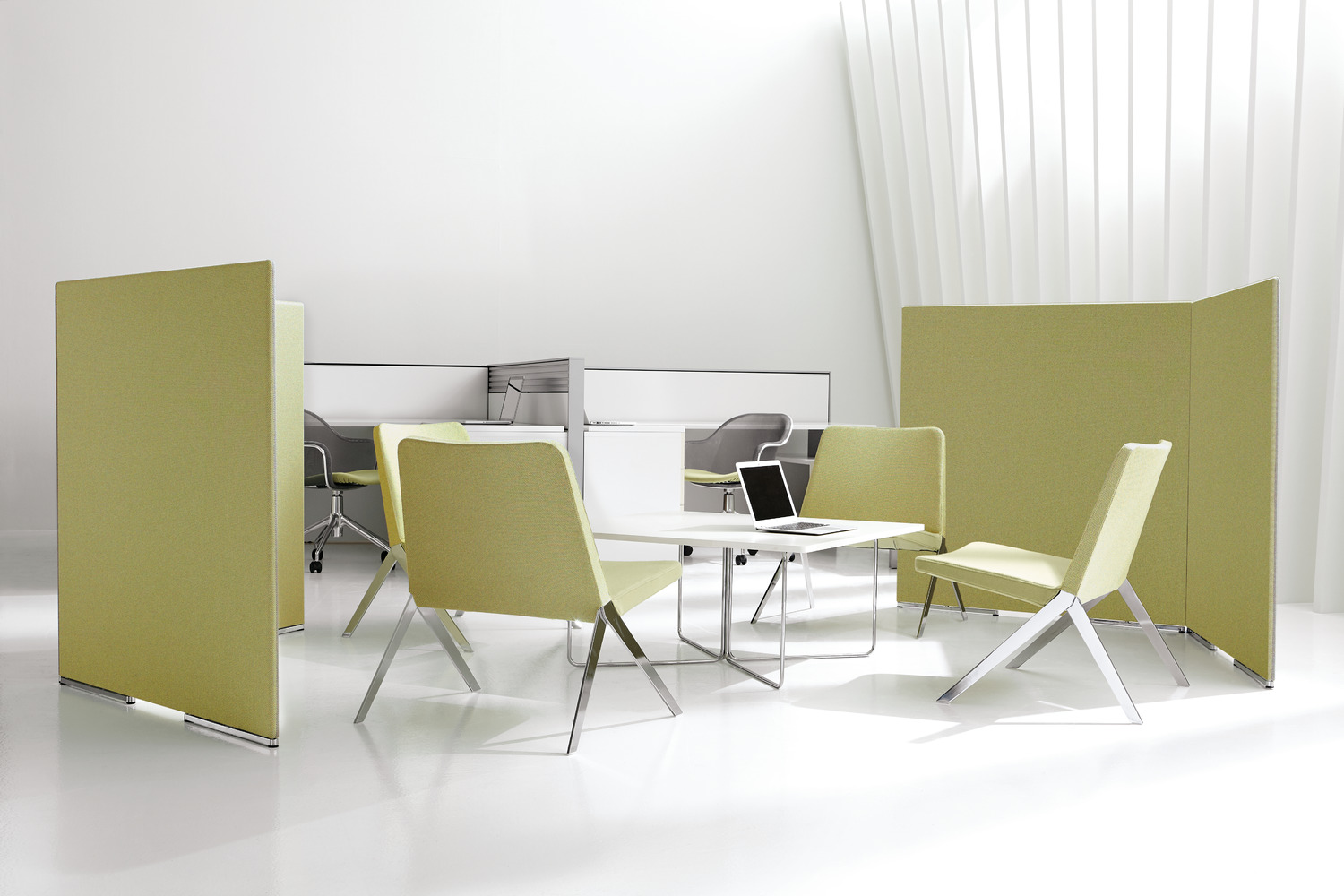
Use Visual Barriers
Placing versatile partitions like freestanding screens and other enclosures in high-traffic spots provides the illusion of privacy without closing workers in or cutting them off from the natural light and energy in the room. Other barriers like plant walls can help block out visual distractions while also creating a Zen-like setting to keep inspiration flowing.
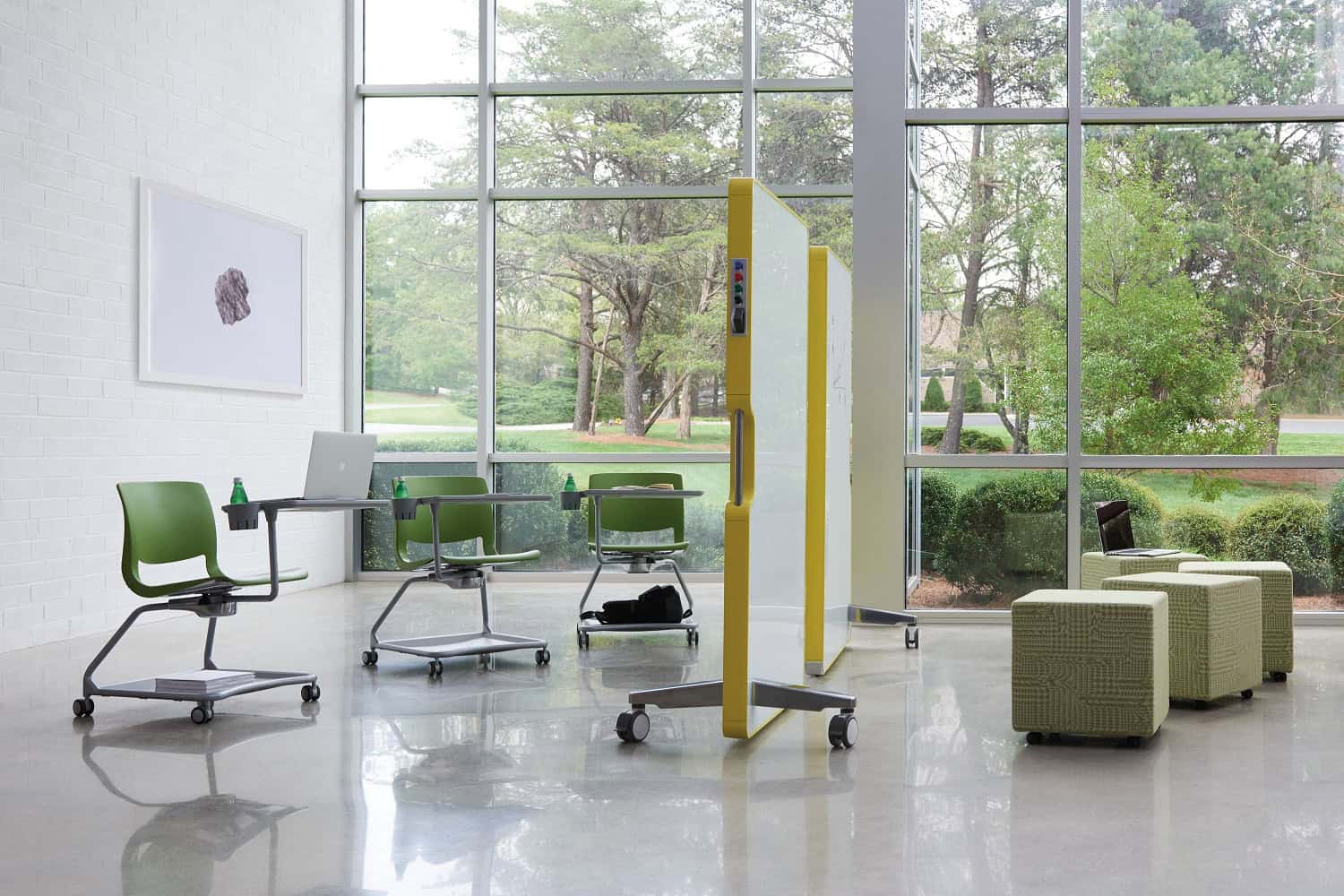
Group Collaborative Spaces Together
If you have a maker space or brainstorming area, keep these activity hubs near each other to draw noise away from those working at their desks. Place these areas in more interactive spots in the building and use lounge furniture such as high-backed sofas, booths and other soft seating to absorb sound and create a conversational setting.
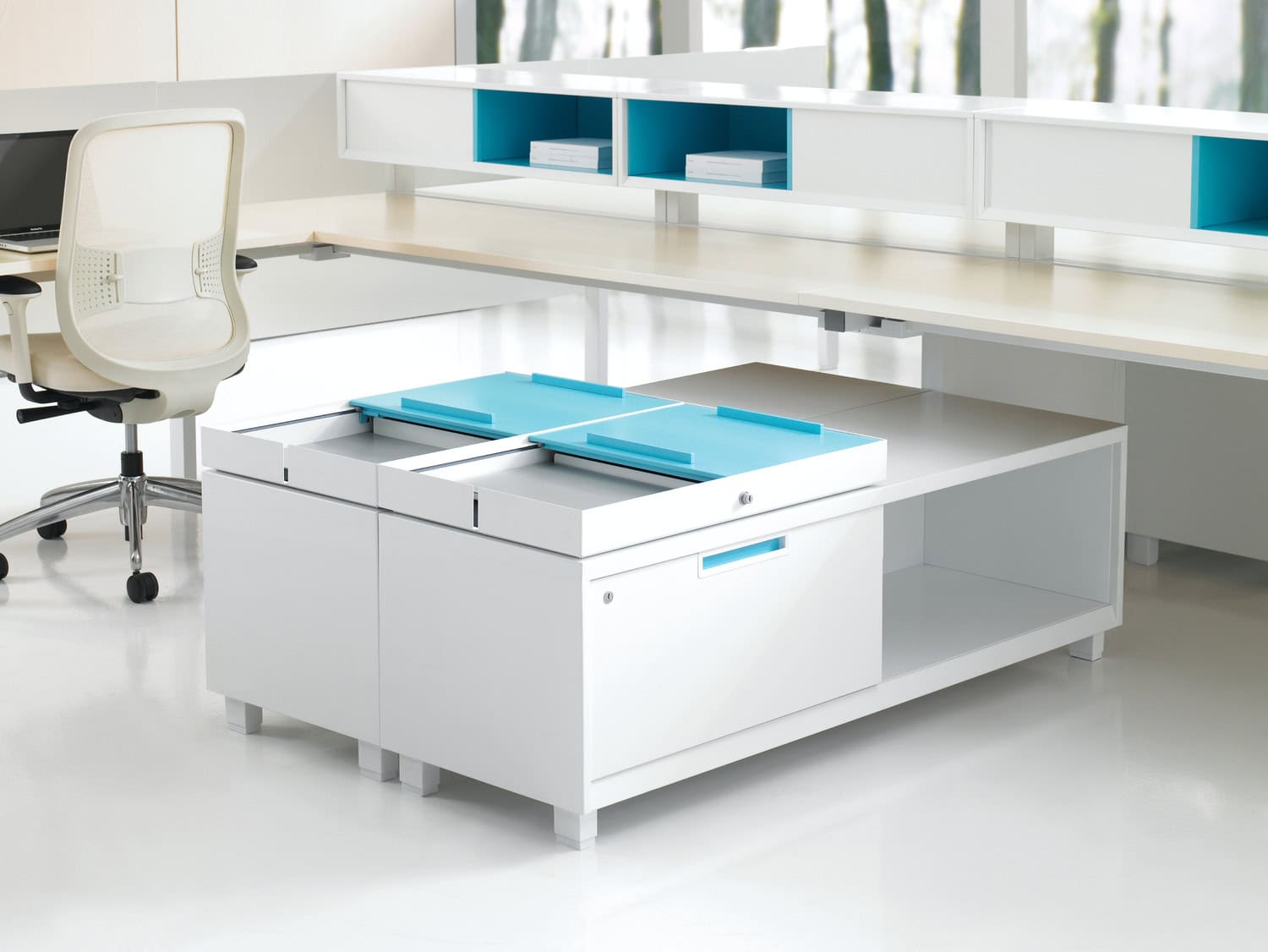
Declutter
Getting rid of unnecessary paper, filing and storage around the office can create a lighter, leaner space that invigorates workers and keeps them from feeling weighed down by a jumble of work materials. Multi-functional organizers such as mobile trays and carts, laptop lockers and accessory docks give them the tools they need while streamlining organization around the office.
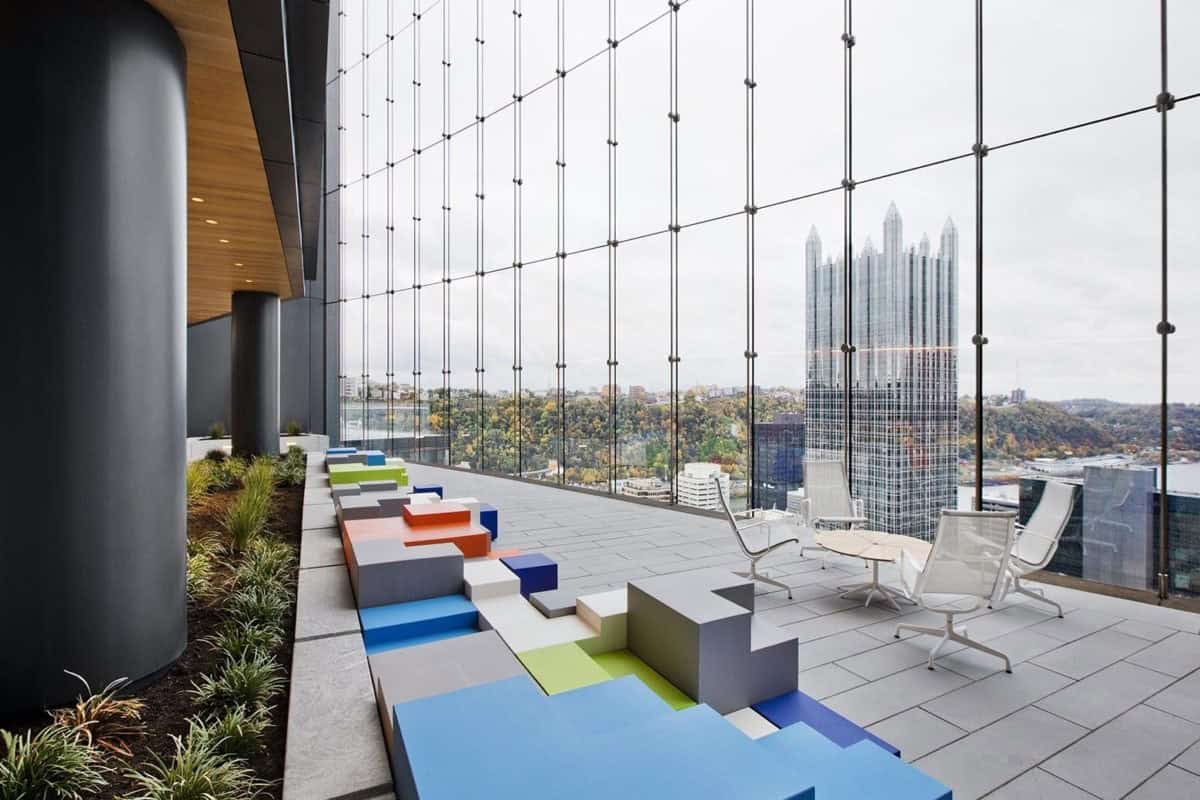
Add Outdoor Workspaces
Got a terrace or extra space outside you can use? Pull out some benches and cafe-style tables when the weather is nice and turn it into an outdoor retreat where workers can get some fresh air and destress.
Including a mix of spaces in your workplace that support collaboration and team building as well as more focused, individual work can help you get the most out of an open office floor plan and create a productive environment where all workers can thrive.
We specialize in making office spaces innovative, inspirational, and highly productive. To see how we can renovate your own office, contact us today.
Come see these ideas in person!
Book a tour of our showroom for a complimentary design consult.

